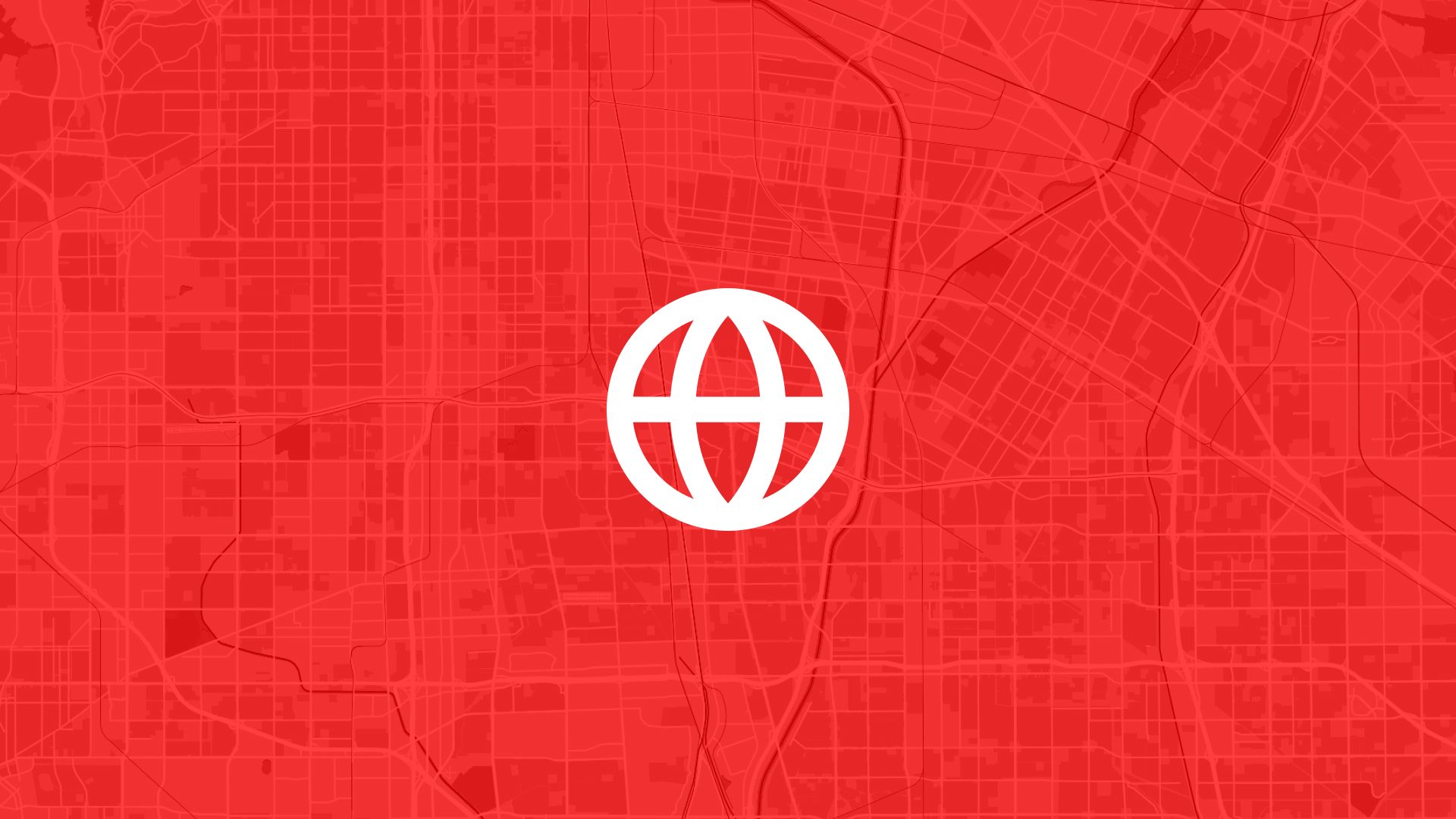Mapping multiple locations has become an essential task in today's data-driven decision-making processes. Whether you're managing a fleet of delivery vehicles, planning a tourism itinerary, or visualizing your business's footprint, mapping multiple points on a map provides clarity and insights that are otherwise challenging to obtain.
Why Map Multiple Locations?
Mapping multiple locations can help you:
- Visualize Data: Understand the spatial distribution of your data, revealing patterns and trends.
- Optimize Routes: Plan the most efficient paths or deliveries.
- Analyze Market Opportunities: Identify areas for potential business expansion.
- Enhance Reporting and Presentations: Bring data to life with visual storytelling.
Now, let's explore the tools and methods you can use to map multiple locations effectively.
Choosing the Right Tool
Before diving into how to map multiple locations, it's essential to choose the right tool based on your specific needs and expertise. Here are some options:
1. Atlas
Atlas is a user-friendly, browser-based GIS platform that allows you to create maps without complex installations. Its flexibility and simplicity make it ideal for both beginners and seasoned mappers.
- Features: No installation required, customizable visuals, online collaboration.
- Pros: Easy for beginners, fast data visualization, collaborative functionalities.
2. Google Maps Platform
Known for its wide data coverage and dynamic map capabilities, Google Maps Platform is ideal for developers and businesses looking to integrate maps into applications.
- Features: Real-time data, customizable maps, powerful API.
- Pros: Extensive data coverage, deep integration with other Google services.
3. QGIS
QGIS is a free, open-source platform popular among professional GIS users. It offers sophisticated mapping features but requires a steeper learning curve.
- Features: Advanced spatial analysis, wide data format support, extensive plugin ecosystem.
4. Mapbox
Mapbox allows for significant customization, making it a favorite among developers and designers who need to tailor maps closely to brand guidelines.
- Features: Scalable and customizable maps with interactive and engaging features.
Steps to Map Multiple Locations
Step 1: Prepare Your Data
Start with a well-organized spreadsheet containing your location data. The essential components generally include:
- Address or Coordinates: Latitude and longitude for precise mapping.
- Identifier: A unique label for each location, like a name or ID number.
- Additional Data: Details like category, visitation frequency, etc., which can be visually represented through icons or color coding on your map.
Step 2: Choose a Mapping Platform
Select the mapping tool that fits your capabilities and needs. For beginners, Atlas or Google Maps might be more suitable due to their ease of use. For advanced users, platforms like QGIS offer deeper customization and analysis capabilities.
Step 3: Import Your Data
Most GIS platforms support importing data from spreadsheets. Make sure your data is correctly formatted (CSV is often a reliable choice). Here, we'll use Atlas as an example:
- Upload Your Data: Use Atlas's drag-and-drop feature to upload your CSV file.
- Map Your Fields: Assign data columns to the appropriate fields, such as latitude and longitude.
- Visualize Locations: Once uploaded, your map will display the locations from your file.
Step 4: Customize Your Map
Visualization is not only about plotting locations but also about how these locations are represented. Customize your map by:
- Changing Icons: Differentiate categories using various symbols.
- Color Coding: Use color to distinguish between data values or categories.
- Layering Information: Add more layers, like heatmaps or demographic data, to enhance insights.
Step 5: Sharing and Collaboration
Once your map is ready, sharing it with stakeholders is crucial for collaboration and decision-making. Tools like Atlas facilitate easy sharing through links, and you can even allow others to edit or annotate the map in real-time.
Real-world Applications
Urban Planning
City planners use maps to assess traffic patterns, plan new infrastructure, or optimize public transport routes. By entering multiple data sets, planners can view comprehensive urban landscapes and make informed decisions.
Retail and Logistics
Businesses visualize their retail locations or warehouses in relation to customer bases, helping optimize delivery routes and service times.
Environmental Monitoring
Scientists and conservationists employ mapping tools to track weather patterns or environmental changes over time, relying on precise data overlay for analysis.
Tips for Efficient Multi-Location Mapping
- Keep Data Clean: Regularly update and clean your data to ensure accuracy.
- Utilize Analytical Features: Leverage tools that offer deeper insights, such as trend analysis or predictive modeling.
- Opt for Real-time Data Integration: For dynamic applications like logistics, ensure your tool supports real-time data updates.
Mapping multiple locations can transform how you see and interpret data, unlocking opportunities and efficiencies for your projects. With the right tools and techniques, you can bring your data to life, revealing nuances and insights to drive impactful decisions.





